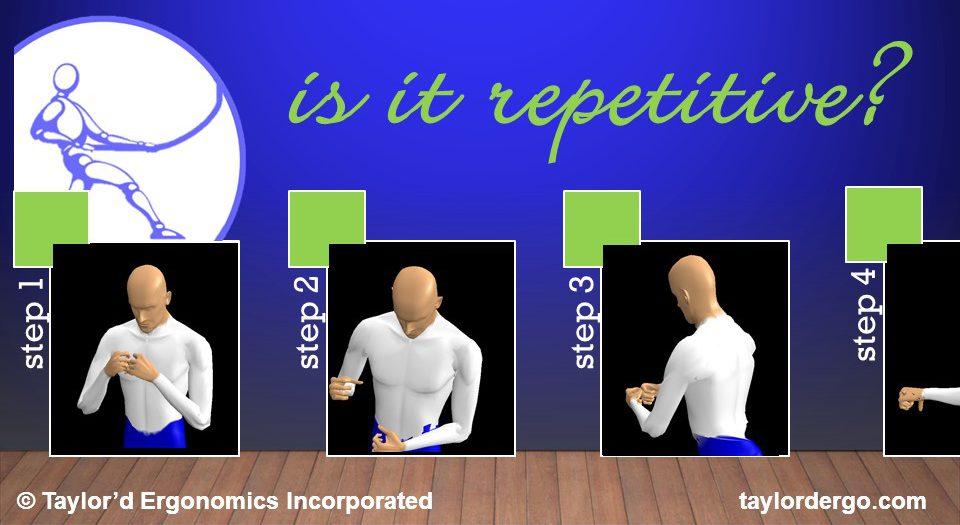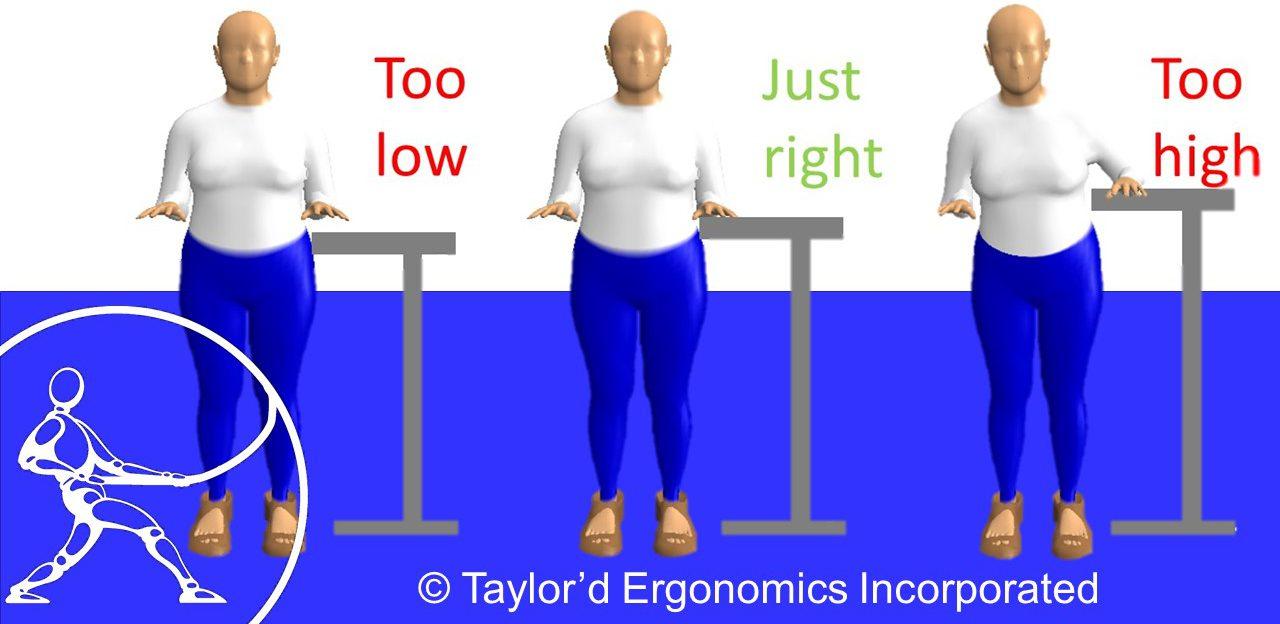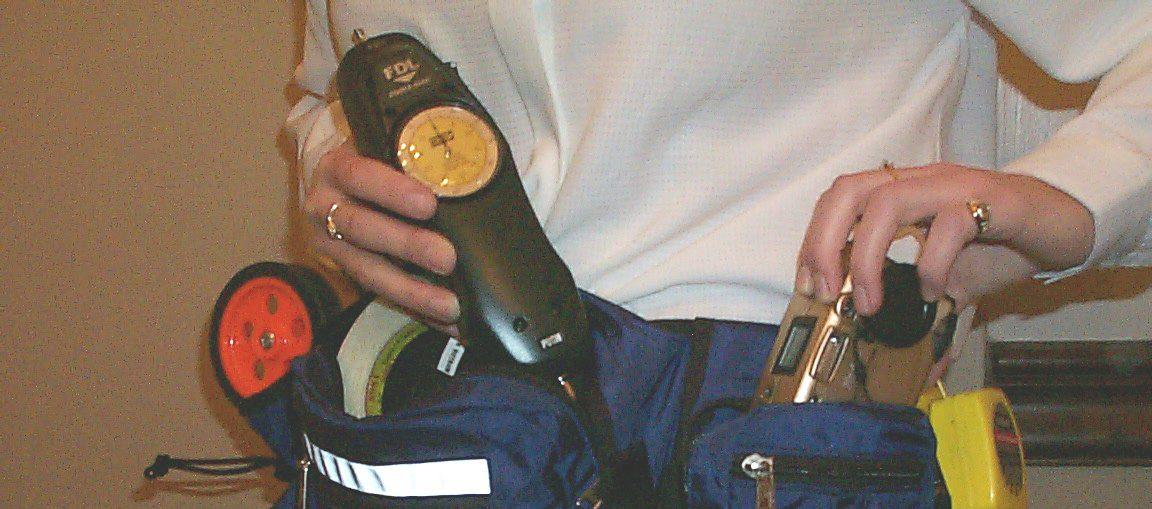Look serious and carry a clipboard
Someone once said that you can “go anywhere if you look serious and carry a clipboard”. If you’ve ever seen an ergonomist in a workplace wearing a tool pouch or a backpack, you may have wondered what’s in the bag. Kirsten made a video to let you in on our secrets. As for the […]








